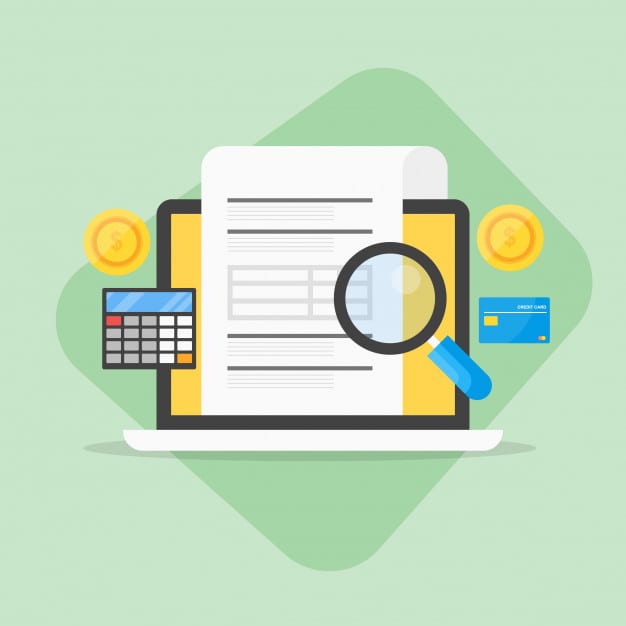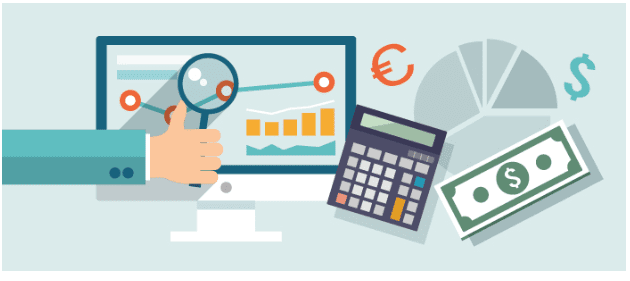For your business to be profitable and successful in the long-term, you need to do more than simply churn out products or services that your customers like… there’s a lot more to business than this. One way you can improve your long-term success is to get to know your customers better; getting solid insights into the minds of your customers is difficult, but there are so many benefits to be had by doing so.
By getting to know your customers better and leveraging information and key data points, you improve the overall customer experience which, over time, leads to steady growth as your reputation improves and people come back for more. Learning about your customers forms a small part of customer relationship management, something you as a business operator need to know about.
5 Ways to Get to Know Your Customers
Here are a few simple ways you can get to know them better.
Having a social media account is no longer an option for businesses that want to find success in the modern commercial market. They are the ideal platforms for interacting with your customers and learning more about them, with sites such as Facebook and Twitter providing valuable insights into your customers’ behaviors, likes, dislikes, habits and, most importantly, what they are spending their money on. With these data points alone, you can learn lots of contextual information about the people who matter most to you.
2. Talk to your customers
This may sound obvious, but it is surprising how many businesses don’t bother approaching their customers directly. This is one of the simplest methods you can employ to get to know your customers. Asking questions lets you find out what your customers really think, want and need, meaning you can serve them better in the future.
3. Look beyond purchases
Whilst you may have a great understanding of your customers’ past purchase behavior, it doesn’t tell you a great deal and does not even come close to providing the insights needed for marketing campaigns and other parts of your business that require in-depth data and information. You should look at your customer as more than just a customer and consider who they are beyond the purchases they make.
4. Investigate your competitors
Unless you are a totally unique brand with a totally unique product different to everything else on the market (highly unlikely!) then you are going to have competitors. It is important that you spend time researching who your competitors are, where they operate, what they offer and who their customers are. By doing this, you don’t only find out who you are competing with, but you can find ways to offer a better experience to your customers than your competitors are.
5. Utilize all data that is available to you
Businesses typically have lots of information about a customer, but this isn’t all obtained from the customer first-hand. There are several places you can acquire data—i.e. from a landing page—and these should be given more importance than the data you obtain directly from your customers. Why? Because it provides information such as a customer’s physical location, how they arrived at your page, what keywords they used when carrying out a search, what products and services they looked at and, ultimately, what product or service they purchased (or added to their basket and didn’t purchase.) You can’t get any of this key data from your customers directly and must instead employ other methods.
It’s a Long Process
Understanding the customer is a long and drawn-out process that requires a decent amount of planning and execution. When you finally crack them, though, the rewards are endless. There are so many methods and tips you can use to make the process easier, and we always recommend using robust pieces of software such as CRM tools. These provide you with one central ‘hub’ from which you can carry out all your research, and store and see analytics.
In today’s complex commercial world and everchanging digital landscape, any company’s most valuable asset is data, and leveraging this data provides invaluable insights that aid with long-term growth and development.











